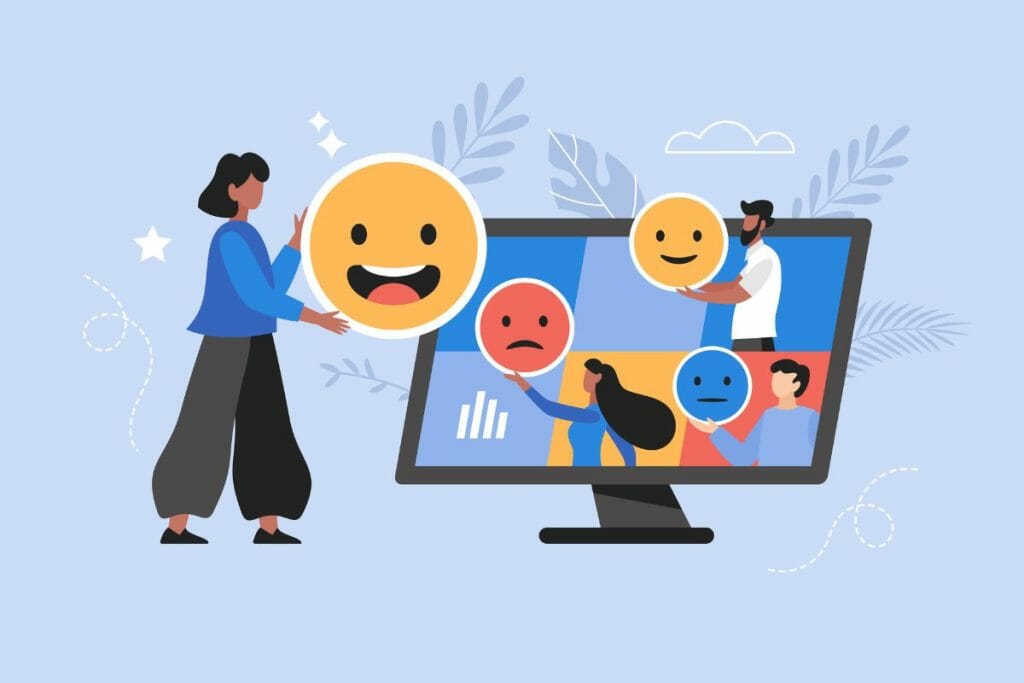As employers compete to attract and retain talent, it’s easy to get distracted by the next new, shiny engagement trend that promises to elevate your status as a desirable employer. However, all too often, leadership teams are ignoring some of the most important information lying right under their noses: employee experience data. Yawn, data – we know. However, seeking to understand the trends provided by your own employees far exceeds the benefit provided by the workforce’s “Keeping up with the Joneses” mentality. In fact, “66% of executives reported that they’re designing their post-pandemic workforce policies with little to no input from their employees. The result is that many organizations are rolling out “one-size-fits-none” policies and approaches at scale” (HBR). Not all employee experiences are created equally, and it’s time to truly understand your own in order to enhance your organization’s employee experience.
When beginning to analyze employee experience data, it’s important to understand what exactly you should be considering. As shared by TDWI, “Employee experience data can run the gamut from onboarding information and how employees feel about opportunities, to personal preference information that can help a company develop a culture unique to its workforce.” Spend some time understanding the different points of emphasis that define the employee journey at your company. Most often, and perhaps most obviously, this begins during the recruitment and onboarding phases. Other important experiences may include performance evaluations and promotion opportunities, the transition from employee to manager, returning from a leave of absence, or even the offboarding processes for employees choosing to move on.
In addition to professional milestones, consider some personal preference data that may be interesting. This might include understanding where people prefer to work (i.e., in the office, at home, or hybrid), how employees prefer to socialize (to happy hour, or not?), and amenities that are meaningful to employees (relaxation spaces, private phone booths or wellness rooms).
Once you understand the types of data you’d like to analyze, it’s then time to collect it. Start by letting your workforce know the WHY behind this initiative. State your intentions! Let your team know the organization is making a concerted effort to be better and to do so, you need honest feedback from employees. “Just by virtue of caring about the employee experience, you as a leader are on the path to creating a positive employee environment” (TDWI). Finally, ensure anonymity and protect all collected data as confidential.
You can use a variety of tools to collect data, ranging from the traditional employee engagement survey or eNPS scores to more personalized tactics like focus groups and employee experience councils. If a large employee survey is too overwhelming, consider sending out smaller surveys, or even singular questions, to the workforce. Organizations could even encourage participation by providing incentives like free coffee or branded company merchandise. Once the data is collected, “it’s equally important to have a structured approach to analyzing that data. Having a clear analysis approach maximizes objectivity and efficiency” (HBR). Some organizations may choose to engage a consultant or company skilled in data analysis to deeply understand themes and trends. Others may use engagement survey software that groups data into areas of success and areas of concern. No matter the tool you use, ensure time is appropriately set aside to review and understand the data.
Perhaps the most critical aspect of data collection is then acting on the data. There’s no quicker way to disengage a workforce than by asking for their feedback and then doing absolutely nothing with it. Commit to action and demonstrate change. Begin by empowering those within the organization to use this data for good. Ensure that the data is not kept only in the hands of the executive team and HR. Instead, engage managers in this process. Help them understand the data so they can make individualized changes on their teams that will positively impact the employee experience. To take this even further, provide employees with the data as well. A positive employee experience isn’t just influenced by leadership but by all members of an organization. Help employees understand their part in improving the experience and move forward collectively and collaboratively.
As your organization dives deeper into the impact of the employee experience, seize the opportunity to regularly evaluate your progress. Consider using KPIs at the leadership level to track progress against employee experience goals as well as to understand the ROI of such initiatives. For example, if your team has chosen to participate in Teamraderie experiences, Teamraderie has created an interactive ROI calculator to measure the average annual return for quarterly experiences across several different corporate functions. This can be a meaningful way to understand the success of your chosen initiatives, while also realizing the impact of that investment. If your research suggests that certain initiatives are not reaping the benefits you’d hoped, be courageous enough to pivot and try something new.
The employee experience is truly a journey for employees and organizations alike. Taking the opportunity to harness powerful internal data and invest in the employee experience is a hugely impactful step in the maturation of an organization and a signal to employees – both current and future! – that you are invested in their success.

